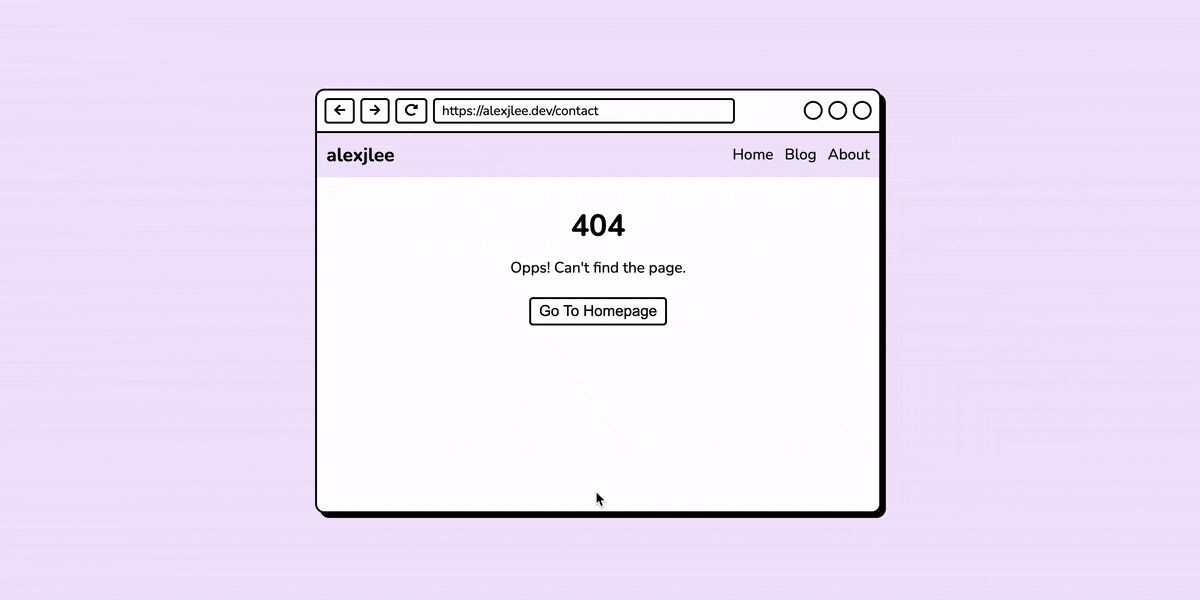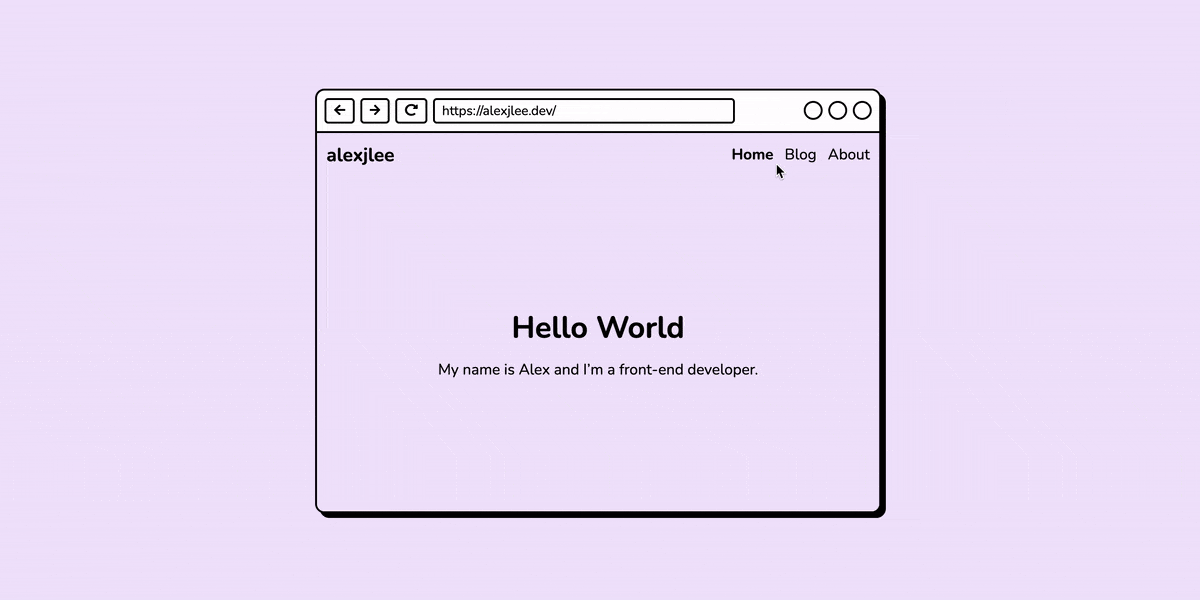
연휴 동안 React Router를 복습하면서 react-router-dom에서 제공하는 Hooks(useHistory, useLocation, useParams)를 사용하여 레트로 스타일 블로그를 만들어 보았다.
UI 스타일 참고 : Gustavo Zambelli
Today I Learned
useHistory를 사용하여 뒤로가기/앞으로가기/홈페이지로 가기 버튼 만들기


import { useHistory } from "react-router-dom";
const Toolbar = () => {
let history = useHistory();
const handleGoBack = () => {
history.goBack();
}
const handleGoForward = () => {
history.goForward();
}
const handleGoToHome = () => {
history.push("/");
}
return (
<button type="button" onClick={handleGoBack}>
Go Back
</button>
<button type="button" onClick={handleGoForward}>
Go Forward
</button>
<button type="button" onClick={handleGoToHome}>
Go To Homepage
</button>
);
}history 객체 메소드
history.goBack()(=history.go(-1)) : history 스택에서 포인터를 -1 엔트리 이동history.goForward()(=history.go(1)) : history 스택에서 포인터를 1 엔트리 이동history.go(n): history 스택에서 포인터를 n 엔트리 이동history.push(path): history 스택의 가장 위에 새로운 엔트리 추가history.replace(path): history 스택의 현재 엔트리를 주어진 값으로 변경
useLocation를 사용하여 현재 페이지 주소 표시하기
import { useLocation } from "react-router-dom";
const Toolbar = () => {
let location = useLocation();
return (
<div className="display-url">
https://alexjlee.dev{location.pathname}
</div>
);
}useParams를 사용하여 url parameters에 따라 BlogPost 컴포넌트 렌더하기

import { BrowserRouter, Route, Switch, Link, useParams } from "react-router-dom";
const data = [
{
id: "3",
title: "3rd Blog Post",
createdAt: "2021/10/10",
content: "This is my third blog post."
},
{
id: "2",
title: "2nd Blog Post",
createdAt: "2021/08/23",
content: "This is my second blog post."
},
{
id: "1",
title: "1st Blog Post",
createdAt: "2021/08/10",
content: "This is my first blog post."
},
];
const Blog = () => {
return (
<h1>Blog</h1>
<ul className="blog-list">
{data.map((el) => (
<li className="blog-item" key={el.id}>
<Link to={"/blog/post/"+el.id}>
<h3>{el.title}</h3>
<p className="blog-item__date">{el.createdAt}</p>
</Link>
</li>
))}
</ul>
);
}
const BlogPost = () => {
// make url parameters available to use
const { id } = useParams();
const target = data.filter((el) => el.id === id)[0];
return (
<main className="post">
<h1>{target.title}</h1>
<p className="post__date">{target.createdAt}</p>
<p className="post__content">{target.content}</p>
</main>
);
};
export default function App() {
return (
<BrowserRouter>
<div className="App">
<Switch>
<Route exact path="/blog">
<Blog />
</Route>
{/*passing url parameters to BlogPost*/}
<Route path="/blog/post/:id">
<BlogPost />
</Route>
</Switch>
</div>
</BrowserRouter>
)
}useParams()는 key-value 쌍으로 된 URL 파라미터들을 담은 객체를 반환한다.- 위의 예에서 key는
id이고, value는 주소창에/blog/post/다음에 실제로 입력되는 값(string)이다. 예를 들어 주소창에/blog/post/1을 입력한다면BlogPost에 전달되는 URL 파라미터id의 값은"1"이 된다.
SCSS 변수 한 곳에서 관리하기
src/ |- assets/ | |- styles/ | |- _colors.scss |- components/ | ... |- pages| | ... |- App.js |- App.scss |- index.js
// _colors.scss
$c-black: #000000;
$c-white: #FFFFFF;
$c-primary: #EFE5FC;
$c-primary-strong: #6101EA; // App.scss
@import "./assets/styles/colors";
body {
background-color: $c-primary;
color: $c-black;
}- 여러 곳에서 사용할 SCSS 변수들을 따로 한 곳에 저장해둔 뒤 필요할 때마다
@import를 이용해 불러온다.
